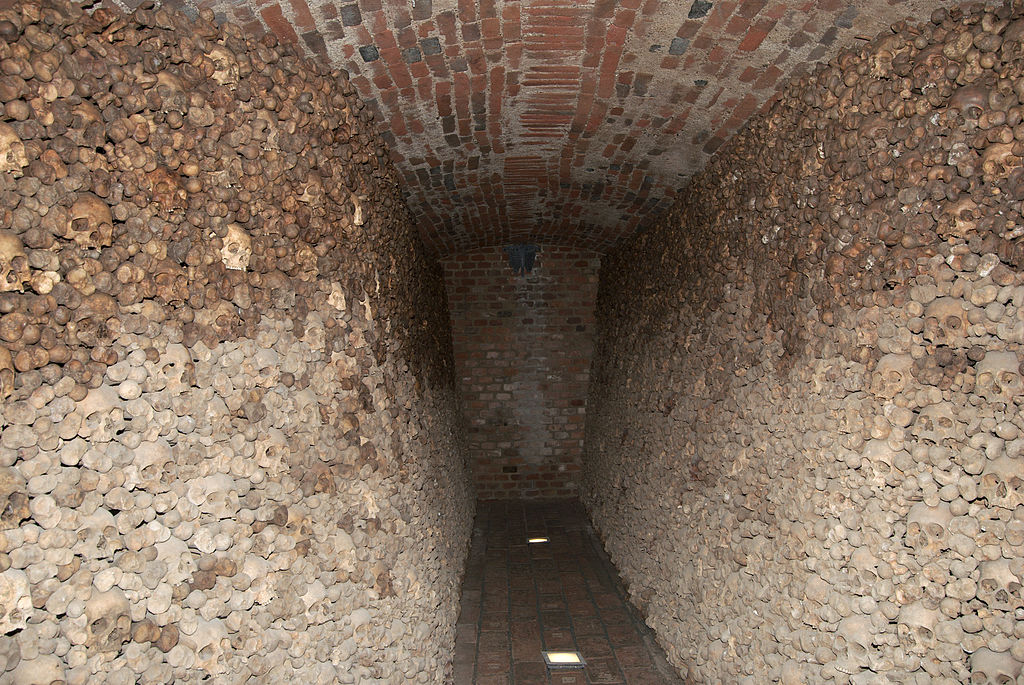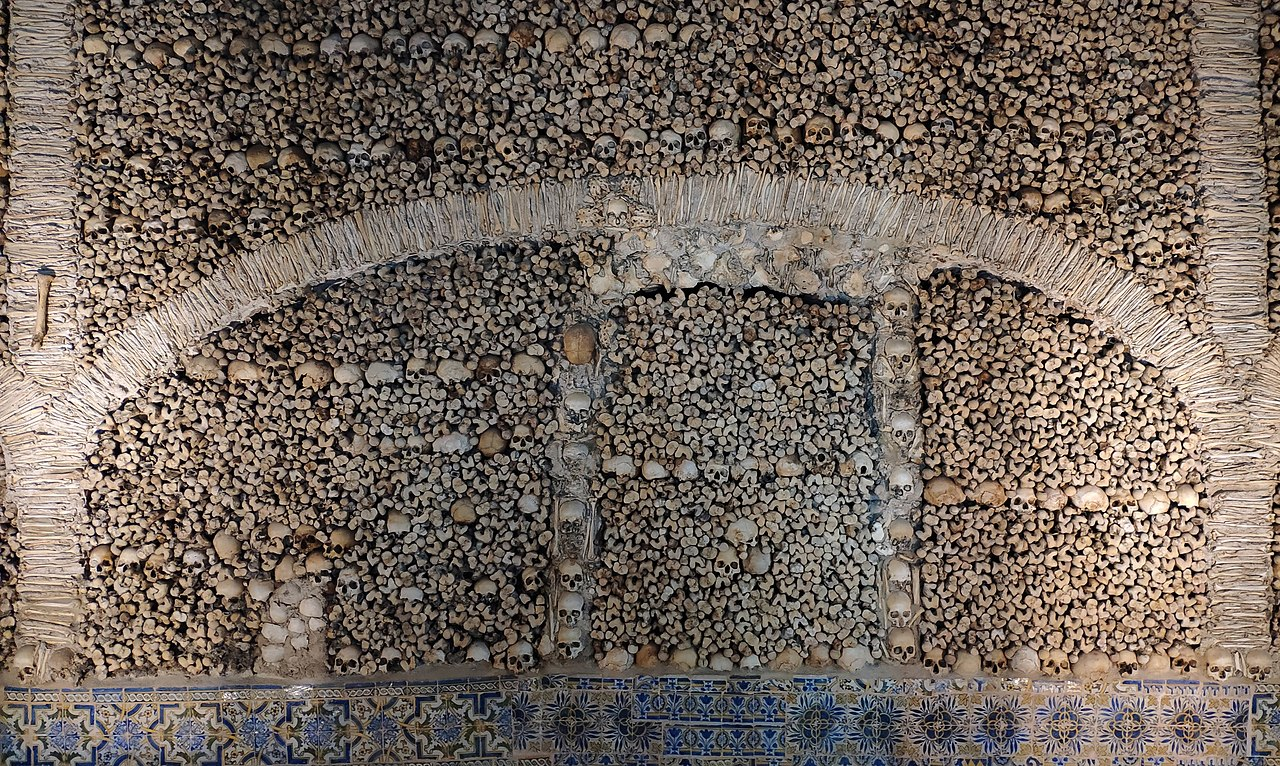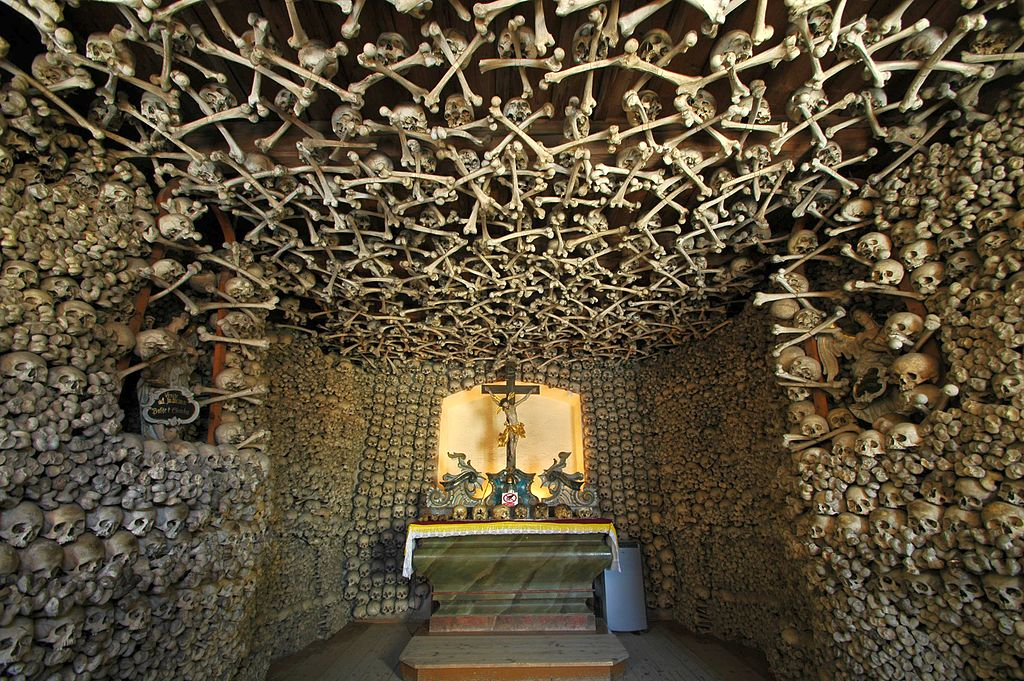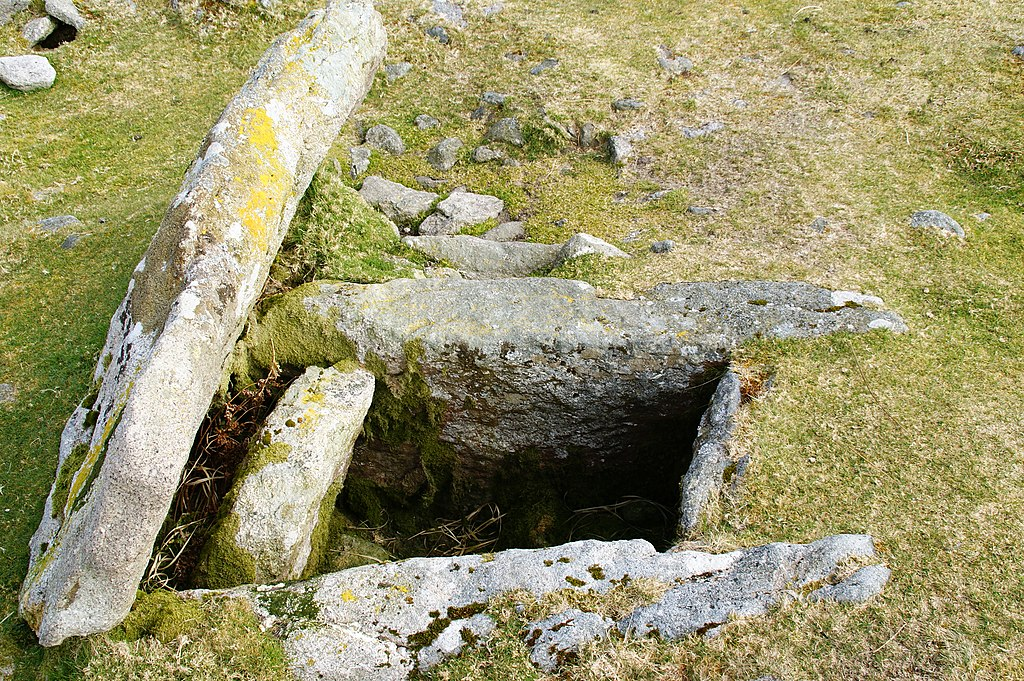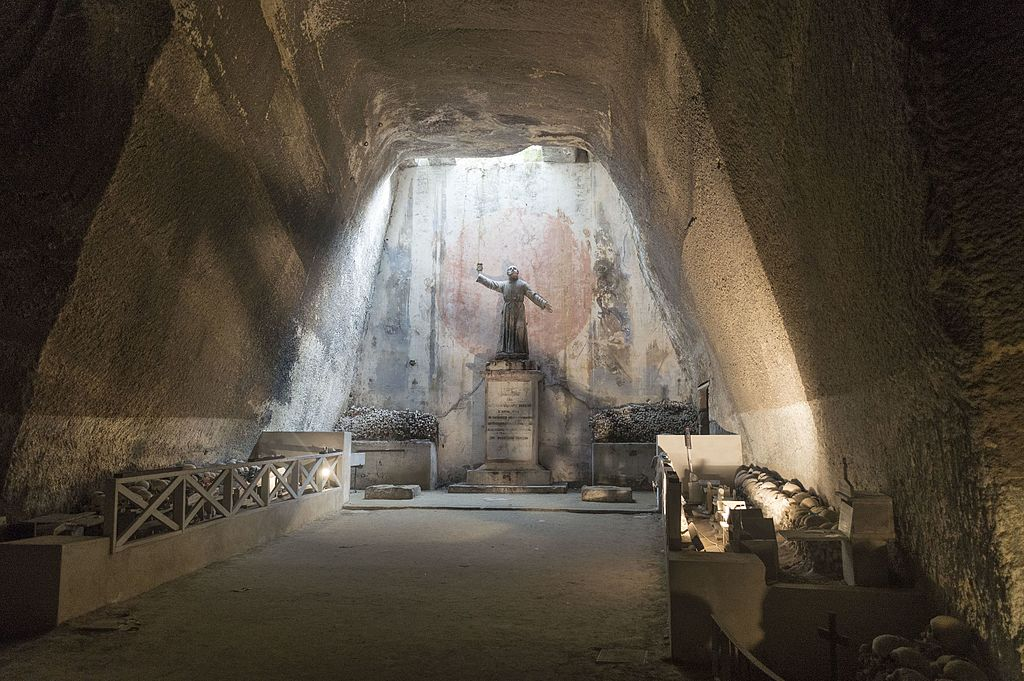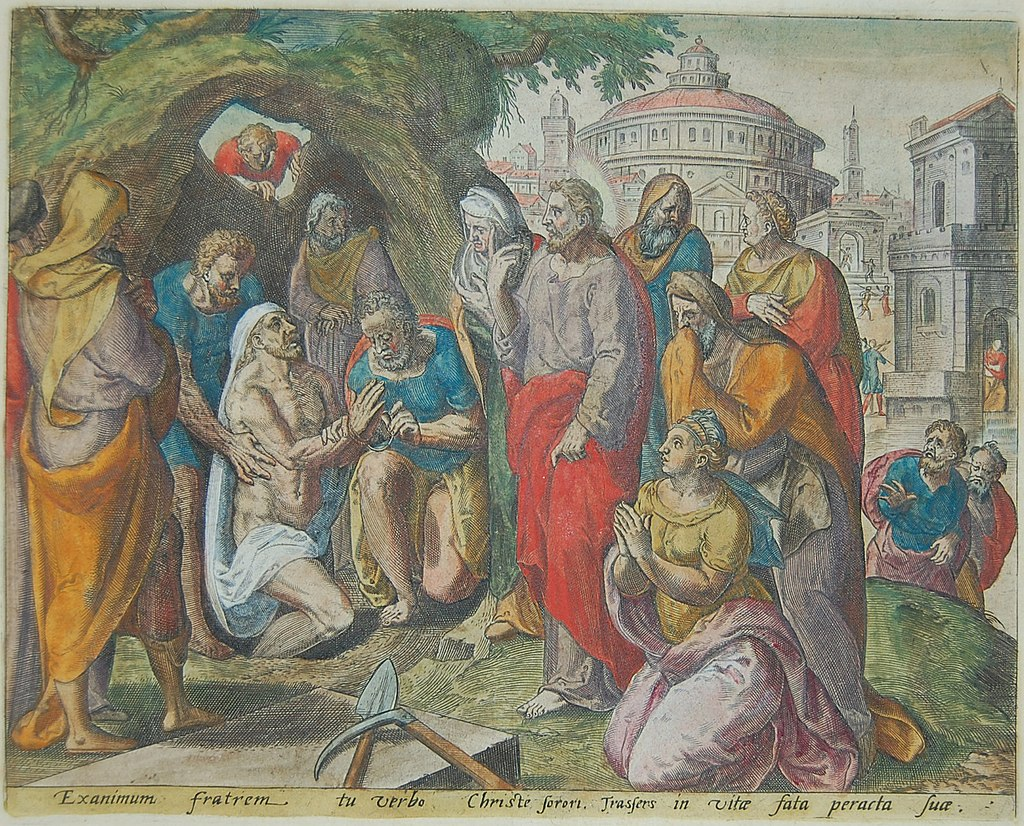A tzompantli or skull rack was used for the public display of human skulls, typically of war captives or sacrificial victims
A tzompantli (Nahuatl pronunciation: [t͡somˈpant͡ɬi]) or skull rack was a type of wooden rack or palisade documented in several Mesoamerican civilizations, which was used for the public display of human skulls, typically those of war captives or other sacrificial victims. It is a scaf
Brno Ossuary holds the remains of over 50 thousand people
Brno Ossuary is an underground ossuary in Brno, Czech Republic. It was rediscovered in 2001 in the historical centre of the city, partially under the Church of St. James. It is estimated that the ossuary holds the remains of over 50 thousand people which makes it the second-largest ossuary in
Chapel of Bones is one of the best-known monuments in Évora, Portugal
The Capela dos Ossos (English: Chapel of Bones) is one of the best-known monuments in Évora, Portugal. It is a small interior chapel located next to the entrance of the Church of St. Francis. The Chapel gets its name because the interior walls are covered and decorated with human skulls and bon
Skull Chapel or St. Bartholomew’s Church is a mass grave in Poland
The Skull Chapel (Polish: Kaplica Czaszek) or St. Bartholomew’s Church, is an ossuary chapel located in the Czermna district of Kudowa-Zdrój, Poland. Built in Baroque style in the last quarter of the 18th century, the temple serves as a mass grave with thousands of skulls and sk
Kist or Cist and Kistivan
A kistvaen or cistvaen is a tomb or burial chamber formed from flat stone slabs in a box-like shape. If set completely underground, it may be covered by a tumulus. The word is derived from the Welsh cist (chest) and maen (stone). The term originated in relation to Celtic structures,
Fontanelle cemetery in Naples
The Fontanelle cemetery in Naples is a charnel house, an ossuary, located in a cave in the tuff hillside in the Materdei section of the city. It is associated with a chapter in the folklore of the city. By the time the Spanish moved into the city in the early 16th century, there was already
Lazarus of Bethany aka Righteous Lazarus, the Four-Days Dead
Lazarus of Bethany (Latinised from Lazar, ultimately from Hebrew Eleazar, “God helped”), also venerated as Righteous Lazarus, the Four-Days Dead in the Eastern Orthodox Church, is the subject of a sign of Jesus in the Gospel of John, in which Jesus restores him to life four
medical police
Medical police, originating in 18th century Europe, particularly Germany, was a far-reaching concept that blended public health, social control, and governance. It wasn’t just about controlling venereal diseases or regulating prostitution—it was an ambitious attempt to manage nearly every as
Erwin Gohrbandt, one of the first surgeons to perform sex reassignment surgery and vice president of the Berlin regional association of the German Red Cross
Erwin Gohrbandt (1890 – 1965) was a German surgeon and university teacher. He was one of the first surgeons to perform sex reassignment surgery. Gohrbandt served as vice president of the Berlin regional association of the German Red Cross. He was also a member of the German Olym
Bārûtu, the “art of the diviner”
The Bārûtu, the “art of the diviner,” is a monumental ancient Mesopotamian compendium of the science of extispicy or sacrificial omens stretching over around a hundred cuneiform tablets which was assembled in the Neo-Assyrian/Babylonian period base
Orphan Train Movement
The Orphan Train Movement was a supervised welfare program that transported children from crowded Eastern cities of the United States to foster homes located largely in rural areas of the Midwest. The orphan trains operated between 1854 and 1929, relocating about 200,000 children.[1]&
Home Children
Home Children was the child migration scheme founded by Annie MacPherson in 1869, under which more than 100,000 children were sent from the United Kingdom to Australia, Canada, New Zealand, and South Africa. The programme was largely discontinued in the 1930s, but not entire
The crew of the Dutch ship Gelderland used the names “griff-eendt” and “kermisgans” for the dodo in 1598, in reference to fowl fattened for the Kermesse festival
The dodo (Raphus cucullatus) is an extinct flightless bird that was endemic to the island of Mauritius. Kermesse, or kermis, or kirmess, is a Dutch language term derived from ‘kerk’ (church) and ‘mis’ (mass) that became borrowed in English,&
The extermination of the incurably ill and the mentally defective prompted the most effective episcopal protest against the actions of the Nazi regime
It was, in fact, the extermination of the incurably ill and the mentally defective that prompted the most effective episcopal protest against the actions of the Nazi regime. In a sermon at the St. Lamberti Church at Munster, Cardinal Galen publicly revealed the facts of the top-secret euthanasia pro
The Poisonous Pulse of Vapniarka: Grasspea, Lathyrism, and the Holocaust’s Forgotten Horror
During the Second World War, amidst the atrocities of the Holocaust, a little-remembered but harrowing chapter unfolded in the Vapniarka concentration camp in Transnistria. Here, under the command of Colonel Ioan Murgescu, over 1,000 Jewish detainees were subjected to a cruel experiment in survival:
Tetragastrin is commonly used in scientific research to induce panic attacks
CCK-4 reliably causes severe anxiety symptoms when administered to humans in a dose of as little as 50μg



